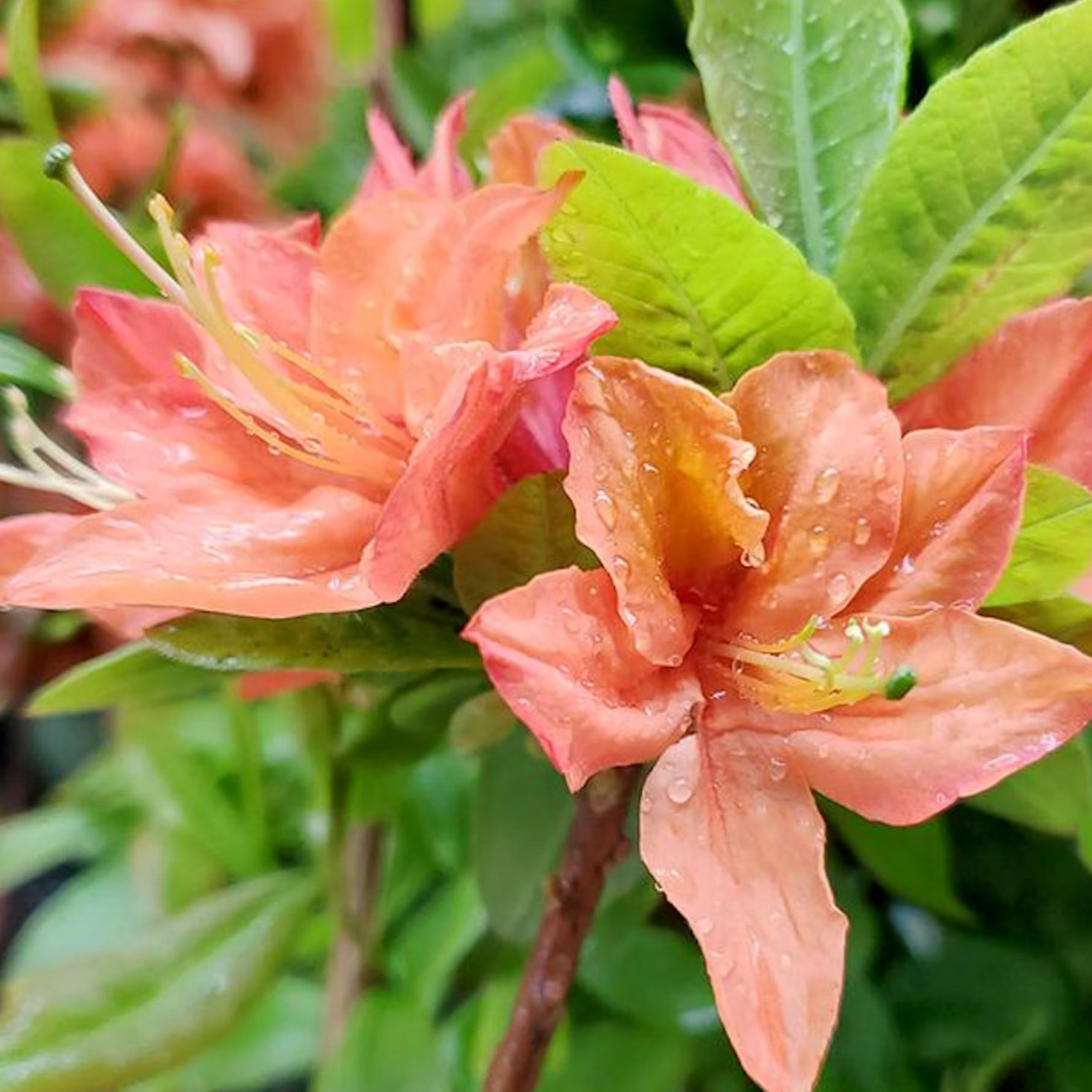What’s Wrong With Your Azaleas? Identify, Tackle And Prevent 6 Common Azalea Pests
If you’ve spotted signs of azalea leaf damage, don’t panic – here’s how to identify the most common azalea pests so you can take action swiftly and keep plants healthy
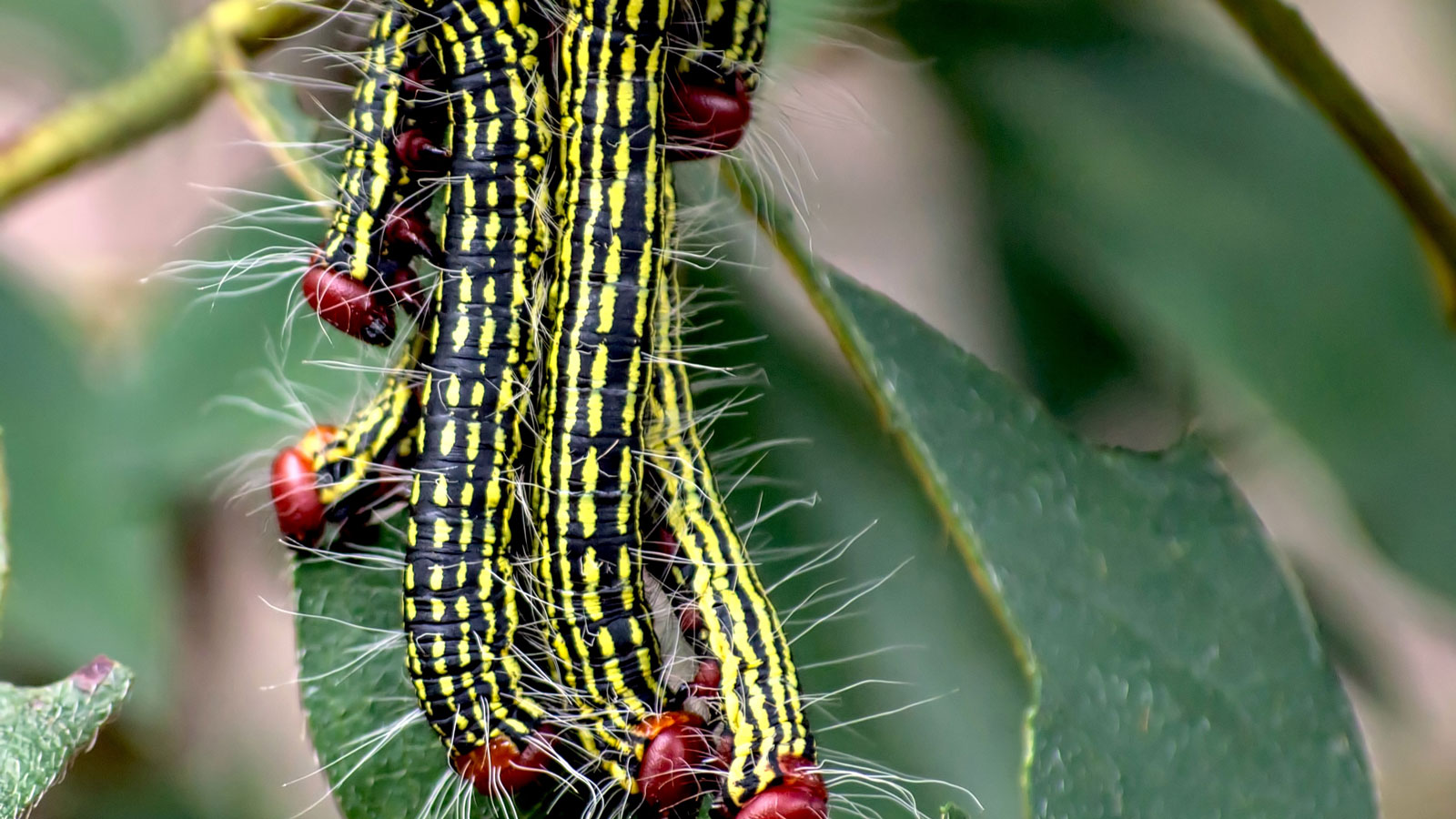

Amy Draiss
Azaleas give stunning early-season color and an explosion of blooms in mixed borders and hedging. However, while their ease of care and beauty are undeniable, azalea pests can create issues for even the bushiest specimens. So if you see sudden changes in the appearance of foliage, it could be a good indication that you are dealing with some sort of azalea pest. Here, we round up common foes that you can face when growing azaleas – with helpful pointers on how to spot early telltale signs and intervene to keep plants healthy.
Key Azalea Pests to Look Out For
Quick diagnosis and treatment is essential for effective azalea pest control. While many species do relatively little harm, others cause severe injury to shrubs if left unchecked. Becoming more familiar with common insects that frequent the plant is helpful to swift troubleshooting. Routine monitoring of common azalea problems like mites and lace bugs and responding quickly gives you the best chance of keeping plants healthy.
Monitoring is best started in late winter and early spring, noting changes in plants and any stress-related symptoms as early as possible. This may include azalea leaf problems such as yellowing of foliage, stunted growth or other deformities. Being savvy with problems and pests is the best way to protect and preserve different types of azalea shrubs.
1. Azalea Caterpillars
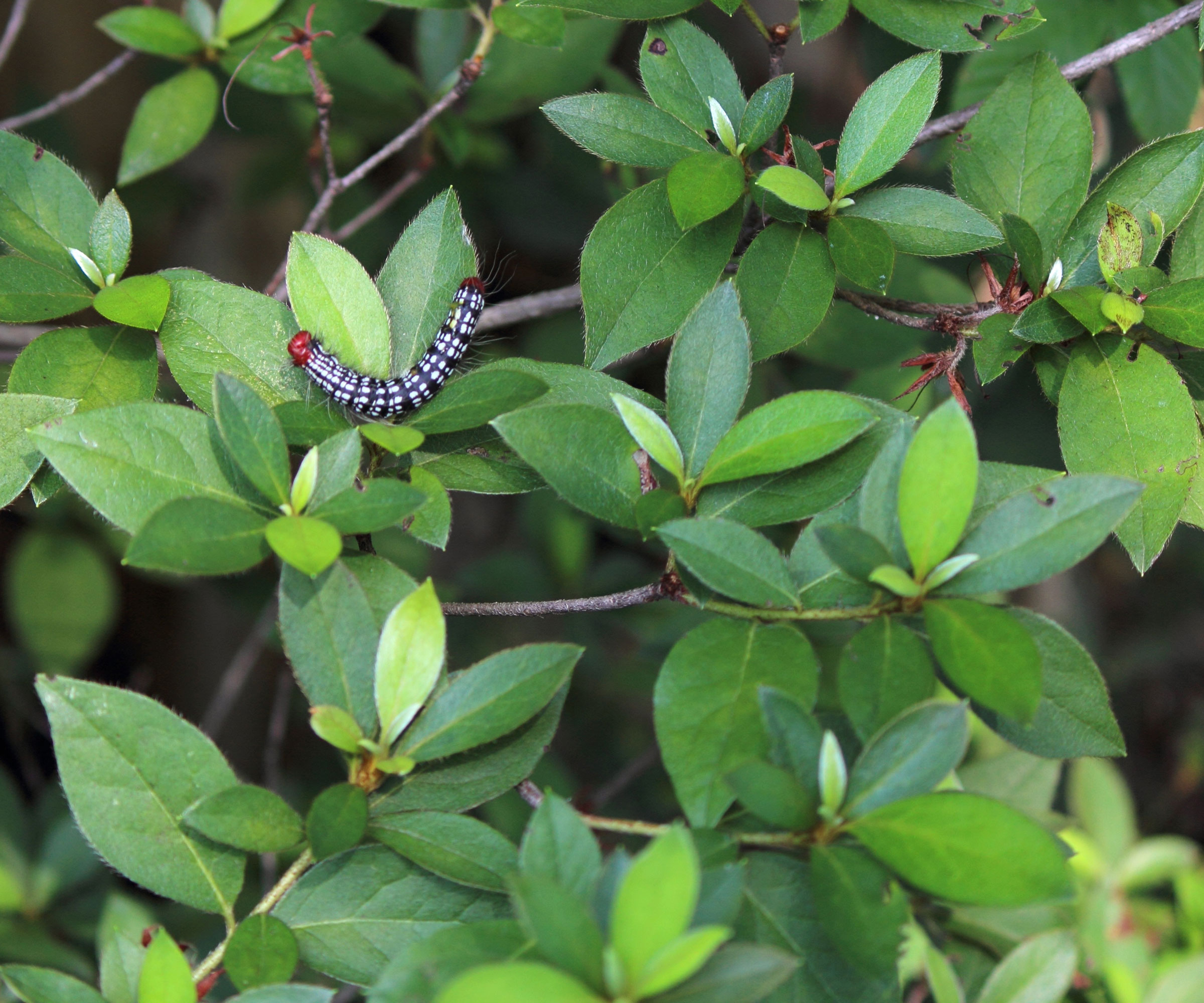
Azalea caterpillars are the result of moths, which have laid their eggs on the foliage of plants in early summer. Upon hatching, the small green worms begin to feed on plants. Over time, their appearance begins to change, with the caterpillars taking on their distinctive yellow stripes and red top section. At this point, they burrow into the soil, where they pupate. As the caterpillars are known to feed quite aggressively, it is not uncommon for the pest to defoliate entire plants.
Fortunately, you can control caterpillar numbers with relative ease. Hand-picking is effective if you are willing to make it a regular ritual. Chemical controls may also be used, taking care to follow the instructions closely.
2. Azalea Lace Bugs
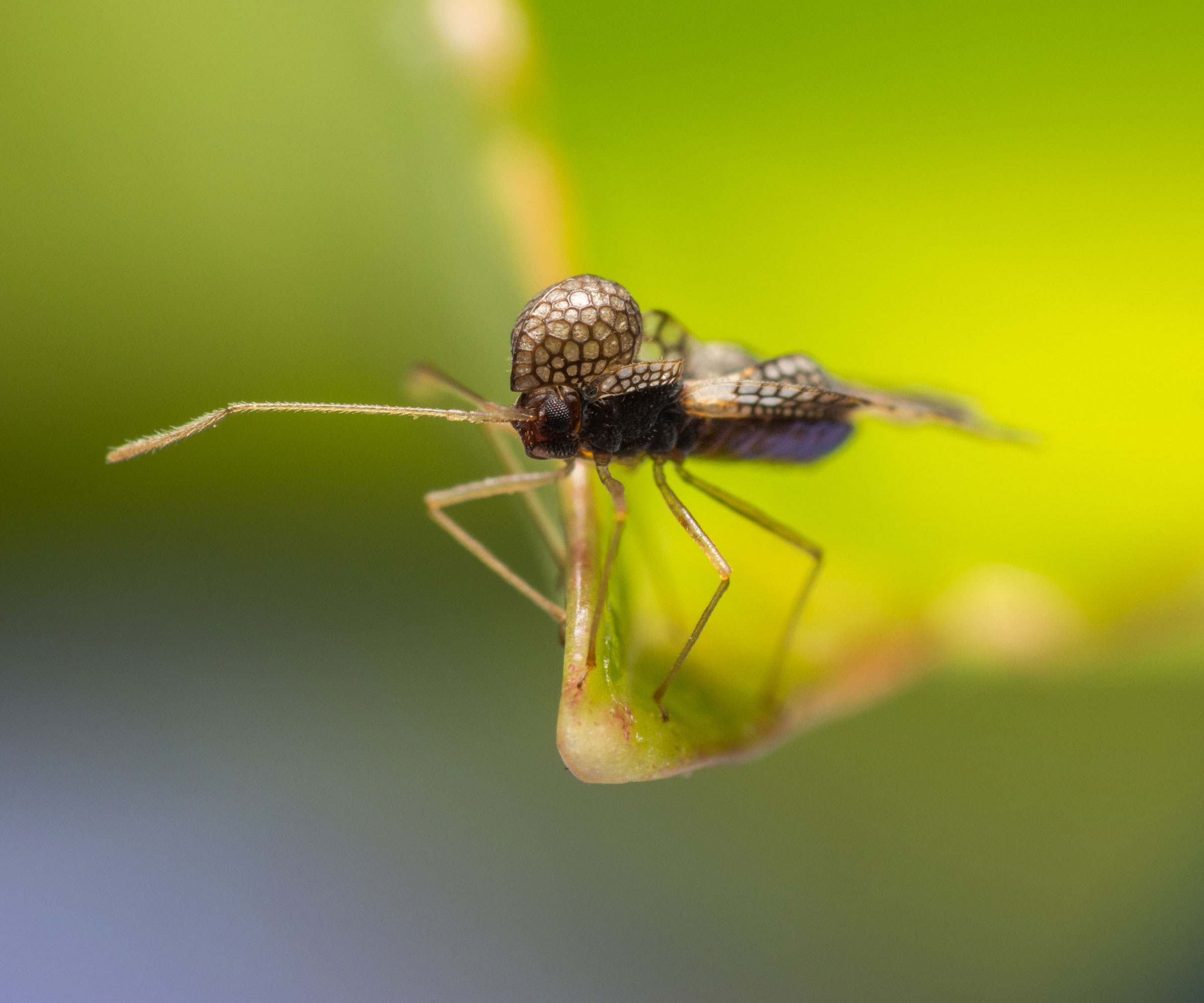
The azalea lace bug is one of the most common azalea pests you are likely to come across. The name stems from the distinctive lace-like appearance of this insect’s wings. Large numbers of eggs are laid across the foliage. This results in feeding by nymphs, which continues until they reach adulthood. The first sign of trouble is usually a change in leaf color, caused by damage to plant cells. Soon, foliage will take on a pale yellow or bronze appearance.
Routine monitoring throughout spring can help to prevent damage. It’s important to check the underside of leaves on a weekly basis. You can effectively control lace insects by introducing beneficial insects such as parasitic wasps, and by using insecticidal soaps.
Sign up for the Gardening Know How newsletter today and receive a free copy of our e-book "How to Grow Delicious Tomatoes".
3. Leaf Miners
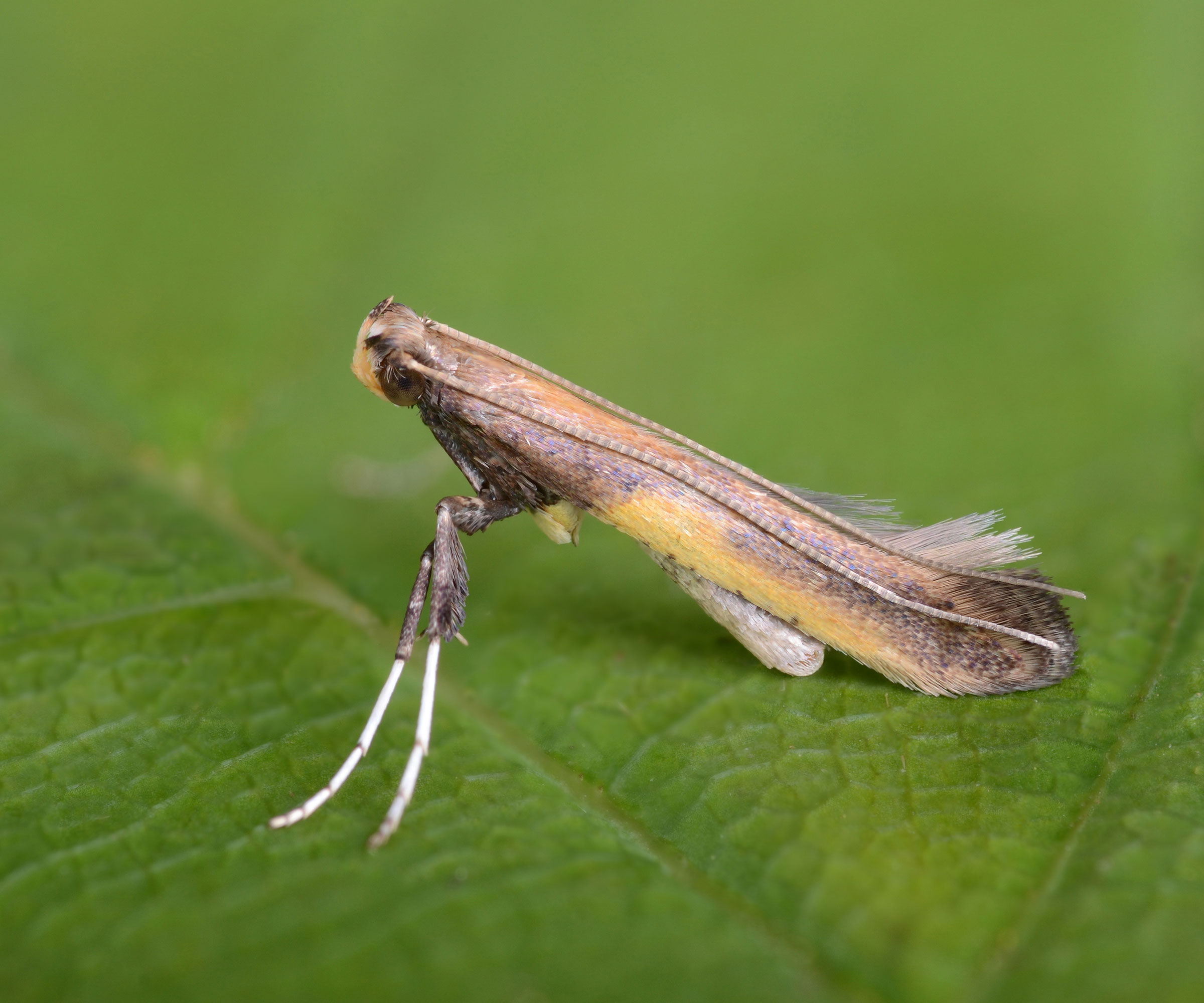
Leaf miner damage is usually the result of feeding by certain species of moth in their larval state. Foliage first takes on a pale appearance. This change is often subtle, and is likely to go unnoticed at first. However, as feeding continues, the same area may begin to die or turn brown.
Though azalea leaf miners will only seldom do serious harm to plants, their presence can impact the shrub’s overall ornamental value. The best ways to control leafminers involve regular handpicking or pruning, as chemical controls are unlikely to be effective.
4. Mealybugs
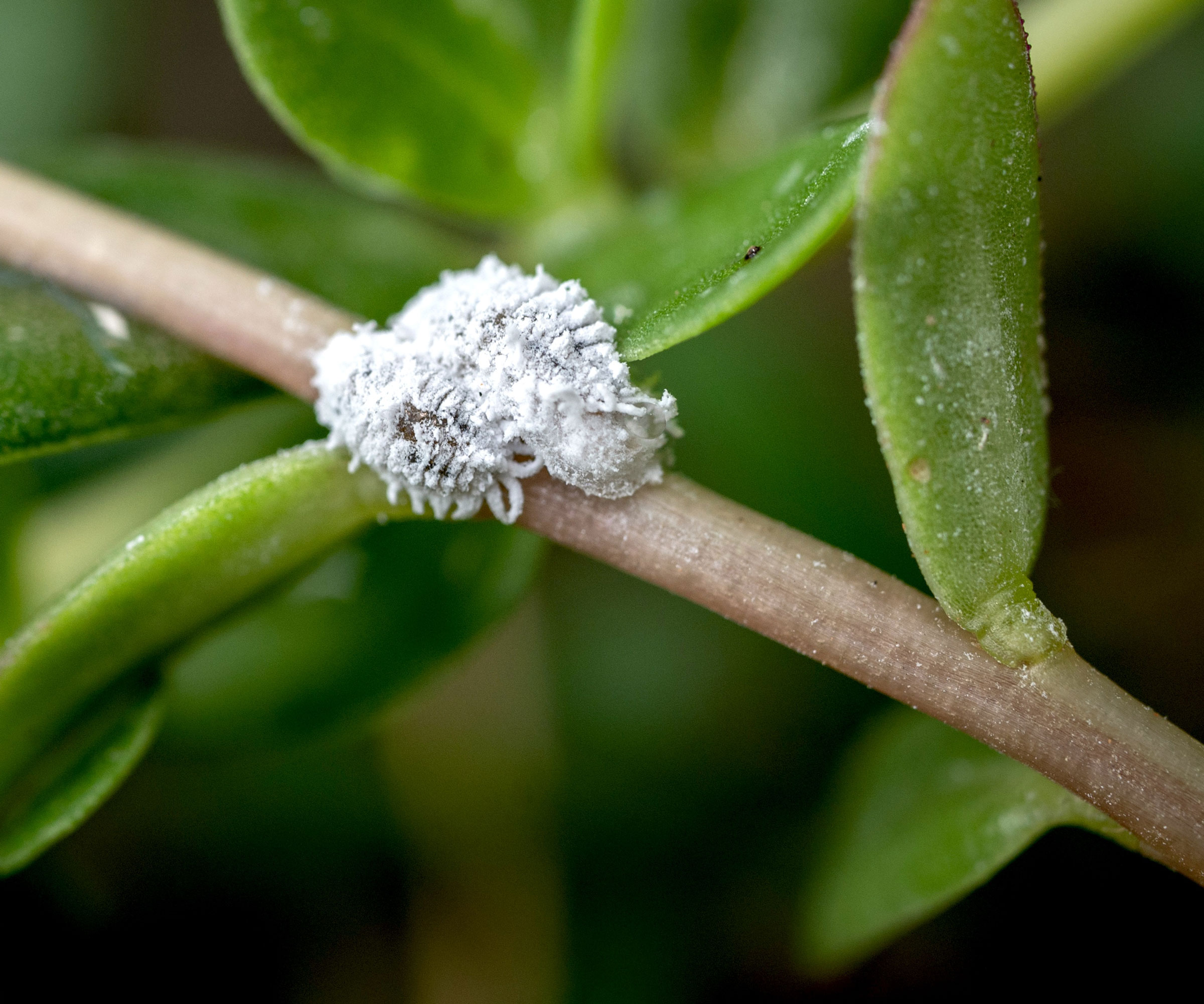
Mealybugs are among the most common pests found on azaleas. Left uncontrolled, large numbers can cause considerable damage. Each feeds on the sap of delicate stems and foliage, leading to yellowing, the development of disease, and an overall decline in plant health. Insects are covered with soft scales to protect them. These give the pest its distinctive white appearance, which is often mistaken for mold.
Though destructive, infestations of these azalea bugs can be controlled, provided early detection. For the best mealybug control, you can wash away the bugs with a steady blast of water or use neem oil sprays and insecticidal soaps.
5. Azalea Mites
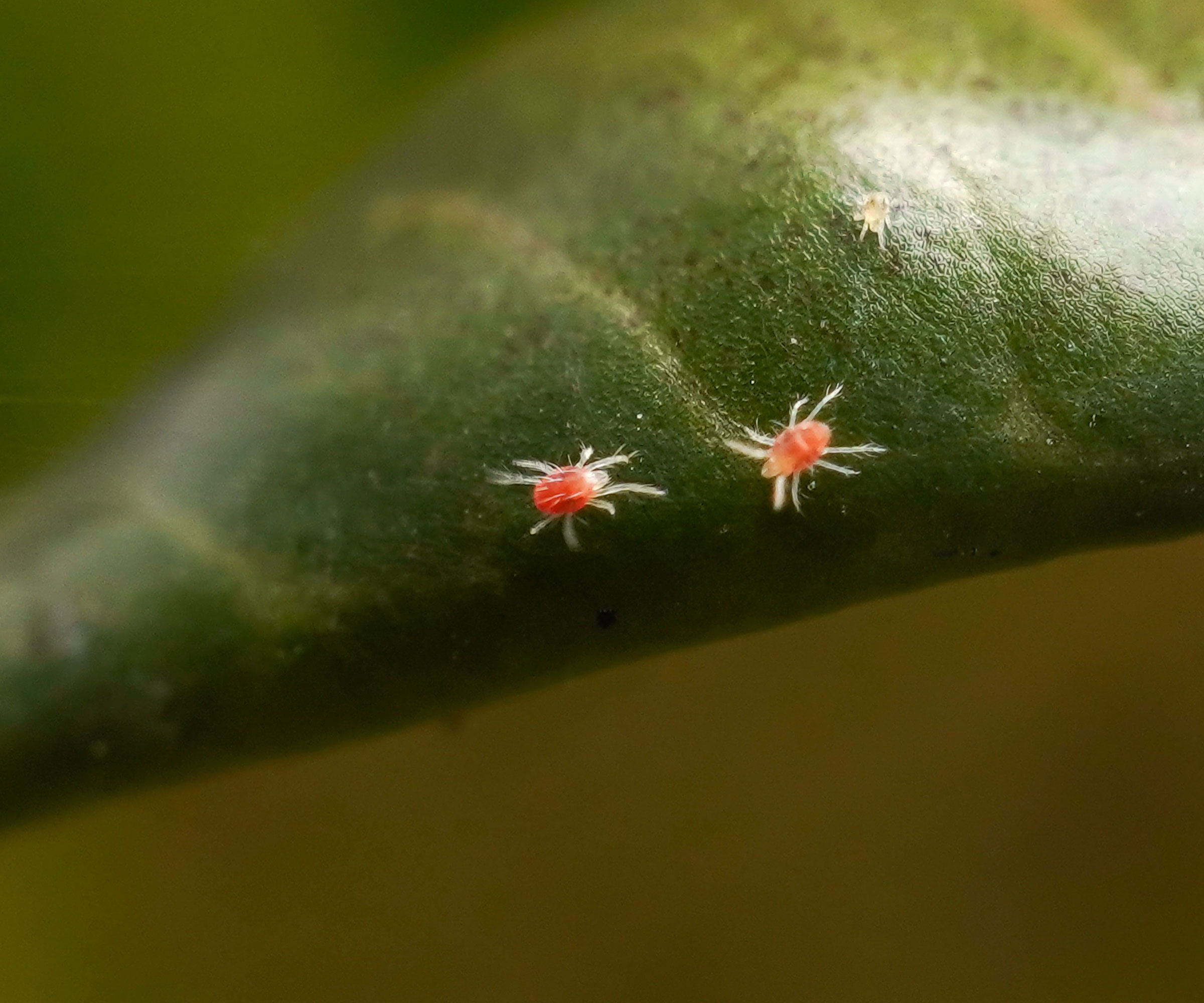
Azalea mites damage plants by feeding on tender foliage. Numbers can grow quickly, resulting in leaves with a blotched or speckled appearance. Over time, their color will change. Yellowed foliage will take on a bronze tone, before turning brown and dropping from the shrub.
Routine monitoring can help to detect these mites early. The presence of small web-like structures on stems will be the first sign. Due to their small size, mites are only seldom detected with the eye, making their diagnosis and treatment trickier. If you suspect mites, you can treat plants with miticides or horticultural oils.
6. Vine Weevils
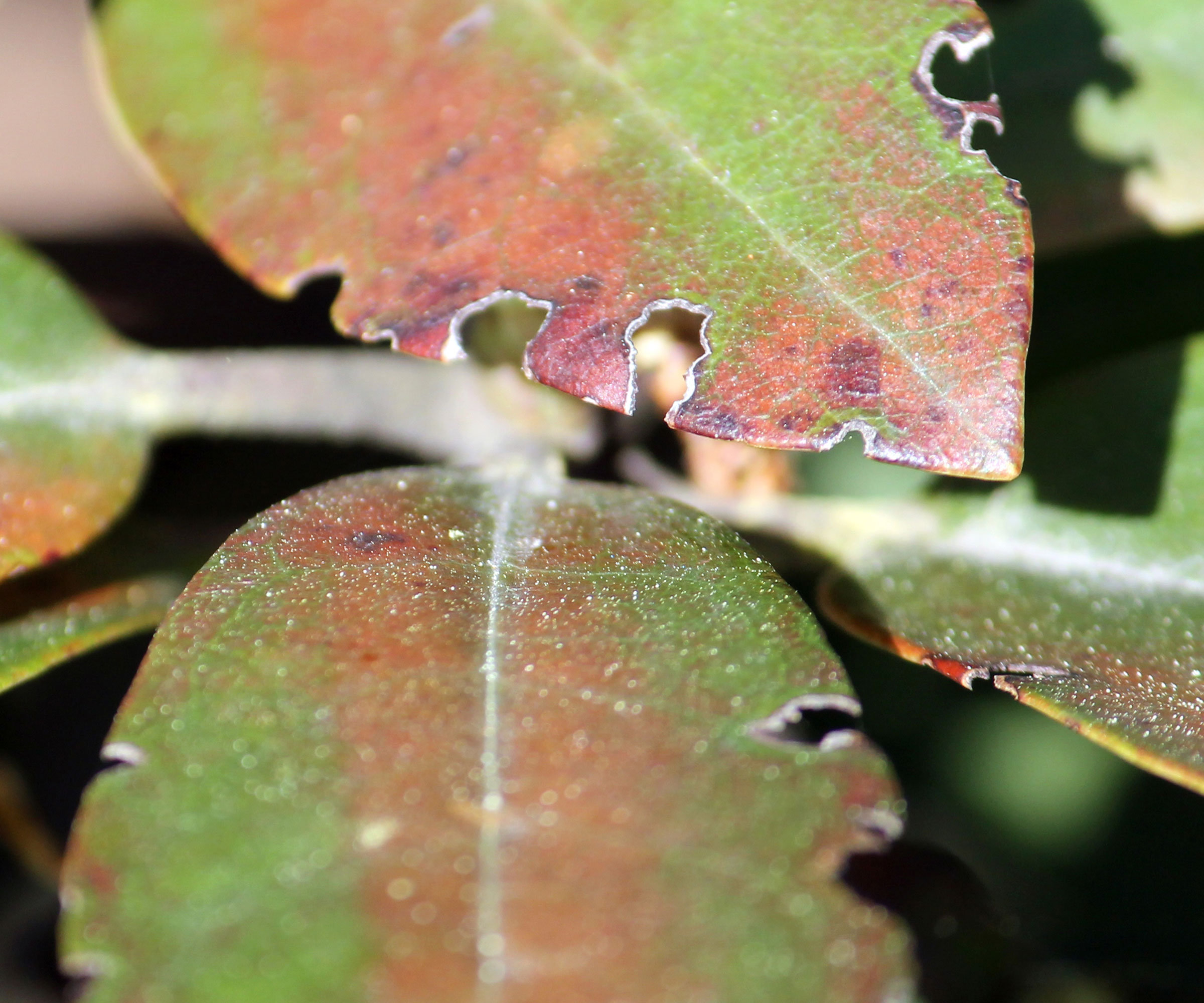
A fairly common type of beetle, vine weevils can be especially problematic. The pest will feed on plants in both larval and adult stages, resulting in continued damage throughout the growing season.
Weevil damage is best identified through the distinctive marks left on the foliage. Injured leaves will have a ragged or toothed appearance, chewed into irregular shapes. If you shake the plant, this will often cause adults to fall to the ground. Weekly handpicking can help to greatly reduce pest numbers, as can the use of insecticidal sprays.
Frequently Asked Questions
What should I spray my azaleas with?
A variety of sprays can be used to help control azalea pests. These will vary depending upon species and pest numbers. Insecticidal soaps, neem oil and the use of pesticides are all viable options. Careful research can further help growers to determine which means may be most appropriate.
This article features products available from third party vendors on the Gardening Know How Shop. Keep in mind that our plant inventory is limited - so if you’re thinking of purchasing, don’t wait!

Tonya Barnett has been gardening for 13 years. Flowers are her passion. She has transformed her backyard into a cut flower garden, which she regularly chronicles on her YouTube channel http://www.youtube.com/@tonyawiththeflowers.
- Amy DraissDigital Community Manager

